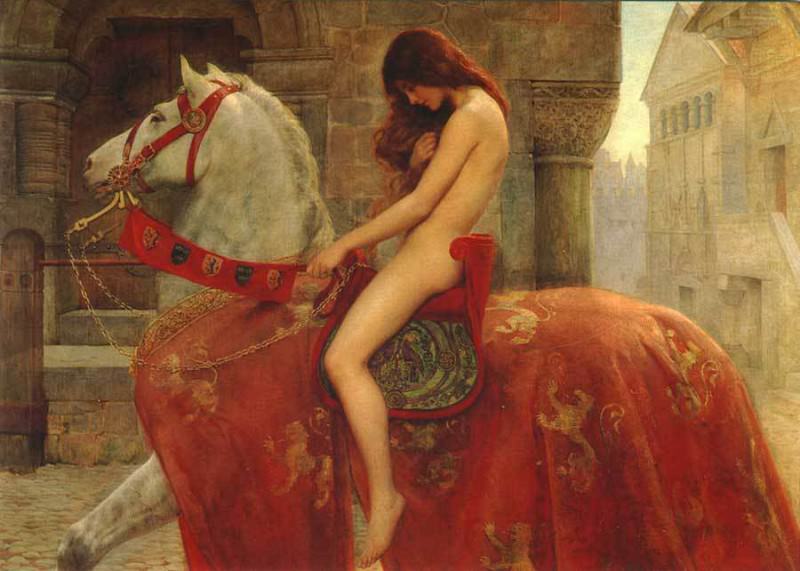Saul Bass: The Master of Visual Storytelling
Early Life and Education
Saul Bass was born on May 8, 1920, in the Bronx, New York. His parents were Eastern European immigrants, and his upbringing in a culturally rich environment played a significant role in shaping his artistic sensibilities. From an early age, Bass showed an affinity for art and design, which led him to attend the Art Students League in New York. Here, he honed his skills and developed a deep understanding of composition, color, and form, which would later become the hallmarks of his work.
The Move to Hollywood
In the late 1940s, Bass moved to Los Angeles, a decision that would prove pivotal for his career. Hollywood was the burgeoning center of the film industry, and Bass saw an opportunity to blend his graphic design skills with the world of cinema. He initially worked on print advertisements for movies, but his innovative approach soon caught the attention of filmmakers.
Breakthrough with Otto Preminger
Saul Bass's big break came in 1954 when he collaborated with director Otto Preminger on the film "Carmen Jones." Bass designed the film's poster, which featured a striking, minimalist depiction of a rose. The success of this collaboration led to a series of partnerships with Preminger, including the iconic title sequence for "The Man with the Golden Arm" in 1955. This sequence, with its bold, abstract lines and dynamic movement, revolutionized the way film titles were presented and set a new standard for the industry.
Defining Title Sequences
Bass's work on title sequences is perhaps his most enduring legacy. He believed that the title sequence should set the tone for the film and provide the audience with a thematic introduction. This philosophy is evident in his work for Alfred Hitchcock's "Vertigo" (1958) and "Psycho" (1960). In "Vertigo," the swirling patterns and eerie music create a sense of disorientation and suspense, perfectly mirroring the film's psychological themes. The title sequence for "Psycho," with its jagged, fragmented text and Bernard Herrmann's chilling score, foreshadows the film's tension and violence.
Collaboration with Alfred Hitchcock
Bass's collaboration with Hitchcock was one of the most fruitful in his career. In addition to "Vertigo" and "Psycho," he also created the title sequences for "North by Northwest" (1959) and "The Birds" (1963). Each sequence is a masterclass in visual storytelling, using simple yet powerful graphics to convey complex emotions and ideas. Bass's ability to distill the essence of a film into a few minutes of animation is a testament to his genius.
Logo Design and Corporate Identity
While Saul Bass is best known for his work in film, he also made significant contributions to the field of corporate identity. He designed logos for some of the most recognizable brands in the world, including AT&T, United Airlines, and Warner Bros. His designs are characterized by their simplicity, clarity, and timeless appeal. The AT&T logo, with its sleek, modern lines, conveys a sense of technological progress and innovation. The United Airlines logo, with its stylized U and A, is a model of elegant minimalism.
Film Posters and Print Design
In addition to his work on title sequences and logos, Bass also created some of the most memorable film posters of the 20th century. His poster for "Anatomy of a Murder" (1959) is a prime example of his ability to use abstract forms to convey complex ideas. The dismembered figure on the poster, rendered in bold black and white, is both striking and unsettling, perfectly capturing the film's themes of dissection and analysis.
Innovation and Influence
Saul Bass's work was groundbreaking in many ways. He was one of the first designers to recognize the potential of graphic design in film, and his innovative approach to title sequences and film posters has influenced generations of designers. His use of abstract forms, bold colors, and dynamic movement set a new standard for visual storytelling and paved the way for future designers to explore the possibilities of motion graphics.
Later Work and Legacy
Even in his later years, Bass continued to push the boundaries of design. In the 1980s and 1990s, he worked on title sequences for films like "Goodfellas" (1990) and "Casino" (1995), demonstrating that his creativity and vision remained as sharp as ever. His work during this period is characterized by a more polished, sophisticated aesthetic, reflecting the changes in technology and design trends.
Saul Bass passed away on April 25, 1996, but his legacy lives on. His influence can be seen in the work of contemporary designers and filmmakers, and his designs continue to be celebrated for their ingenuity and impact. The Saul Bass Archive, housed at the Academy of Motion Picture Arts and Sciences, preserves his work and serves as a testament to his enduring contribution to the fields of graphic design and film.
The Saul Bass Aesthetic
One of the defining features of Saul Bass's work is his distinctive aesthetic. His designs are marked by a bold use of color, clean lines, and geometric shapes. He often employed a minimalist approach, stripping away unnecessary details to focus on the core elements of a design. This simplicity is deceptive, as it requires a deep understanding of form and function to create something that is both visually striking and highly effective.
The Intersection of Art and Commerce
Bass's work is a perfect example of the intersection of art and commerce. While his designs are undeniably artistic, they also serve a practical purpose. Whether creating a title sequence that sets the tone for a film or designing a logo that defines a company's identity, Bass always kept the end goal in mind. His ability to balance aesthetic considerations with commercial needs is one of the reasons his work remains relevant and influential.
Influence on Modern Design
Saul Bass's influence extends far beyond the world of film and corporate identity. His innovative use of motion graphics has had a lasting impact on the field of design, paving the way for the development of new techniques and technologies. Today, his work continues to inspire designers and filmmakers, who look to his example for guidance and inspiration.
Conclusion
Saul Bass was a true pioneer in the fields of graphic design and film. His innovative approach to title sequences and film posters revolutionized the way movies are presented, and his work in corporate identity helped define some of the most recognizable brands in the world. Throughout his career, Bass remained committed to the principles of simplicity, clarity, and visual storytelling, creating designs that are both timeless and highly effective. His legacy continues to influence and inspire, proving that great design has the power to transcend time and place.



